I won’t say it has anything to do with us … oh, wait … yes, I will. The ocean is getting warmer because of climate change. One effect of this would be that many animals that pretty much only preferred the luxurious tropical waters of the south Atlantic now find the Mid-Atlantic waters great! Oh, fun. Except in the case of the man-of-war this summer. That’s got a lot of folks sketched out and seems to be putting a damper on beach days. Well, at least there’s the opportunity to learn something new … because that’s what summer’s all about, right? Here is a list of fifteen surprising facts about the man-of-war (Number twelve is shockingly cool!):
- The man-of-war is not a jellyfish. They’re a siphonophore, a single animal made of a colonial of organisms working together (e.g., coral colony).
- The man-of-war is made up of four polyps. The top one is a brilliantly purple, blue, or pink gas-filled float. When the top polyp (i.e., “sail”) is filled with gas it looks like the 18th century Portuguese war ship at full mast.
- The top polyp is like an umbrella for the others polyps that are bunched under it. One is made up tentacles full of stinging cells (i.e., nematocysts). They’re used to catch prey such as smaller fish, plankton, and crustaceans.
- The tentacles with the stinging cells can get to be 165 feet (that’s longer than a blue whale!) long, but are more on average about 50 feet.
- Man-of-war are asexual. That’s right … not a man or a woman! One polyp is responsible for all that action. If you’re counting, that’s three of the four polyps. Can you guess what the fourth is responsible for? Digestion.
- The gas that the man-of-war is filled with is Argon. That’s number 18 on the atomic table.
- The man-of-war (or, man-o-war) is also sometimes called the bluebottle.
- People have died from trying to swim into shore after getting stung by them. However, the sting itself will most likely not kill a human.
- Man-of-war that have washed up to shore can still sting you. I was stung by one in Florida. While it was incredibly painful at the time, I lived to tell about it. Here is a “How Not to Get Stung” list.
- Man-of-war tend to travel together (up to 1000!) and drift in the wind or current (Note: They do not swim and therefore do not migrate). However, they’ll deflate if there is a threat at the surface of the sea.
- The eight centimeter fish Nomeus gronovii is immune to the man-of-war’s stinging cells and lives among its tentacles.
- The blanket octopus is also immune to them and not only eats them but also reuses the tentacles to help in hunting other animals. Check out a video of that action here.
- The fossil records for the man-of-war go back 600 million years.
- South Florida-based fine art photographer Aaron Ansarov was featured in National Geographic for his beautiful images of the man-of-war. Check them out … I am still speechless!
- There is a Man-O-War Cay in the Abaco Islands of the Bahamas. I’ve been to nearby Guana Cay several times, so I am quite grateful that over at Rolling Harbour the beautiful place has been described just as I remember.
Psst … Can someone help me out with the plural of man-of-war? Is it men-of-war or man-of-wars?
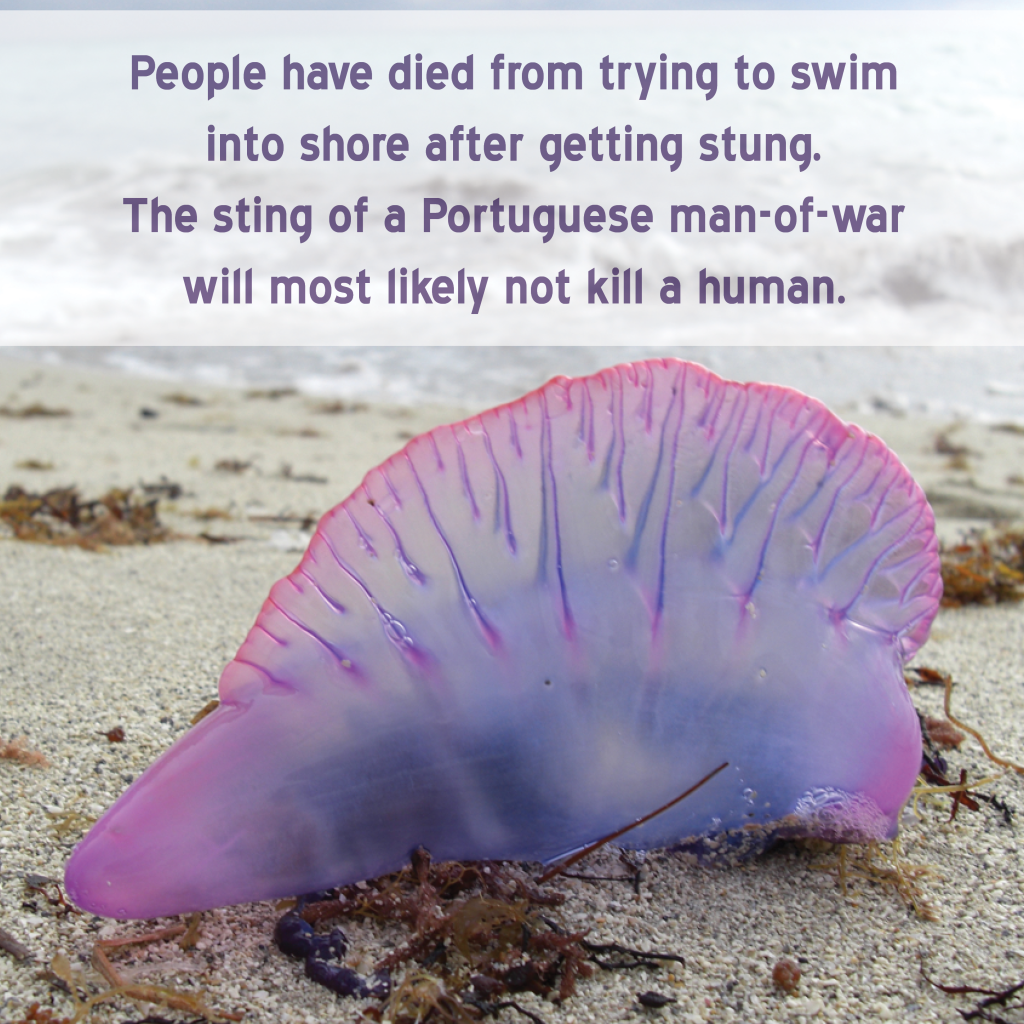
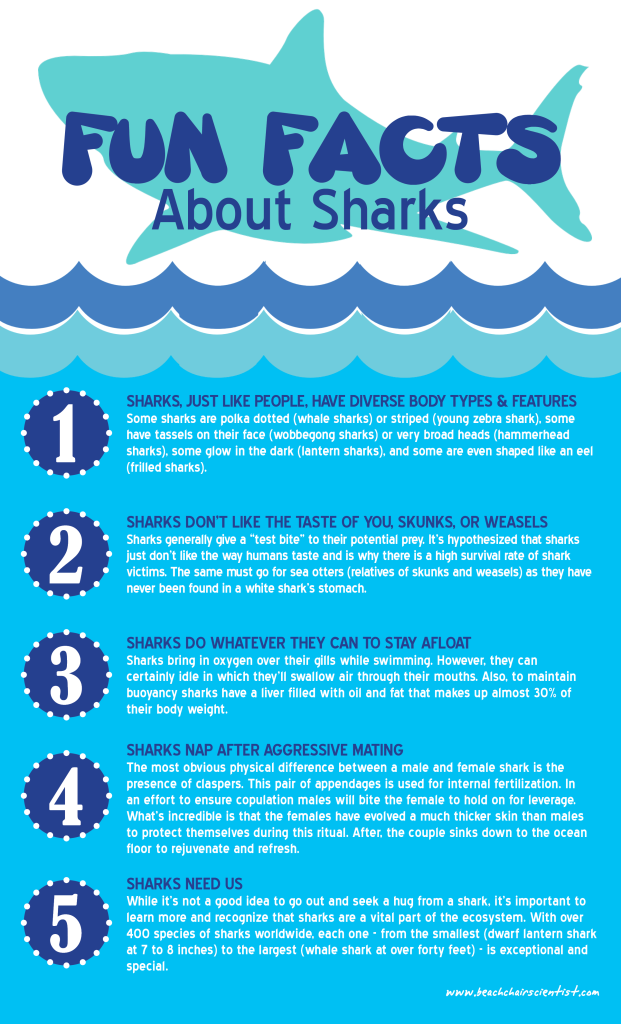
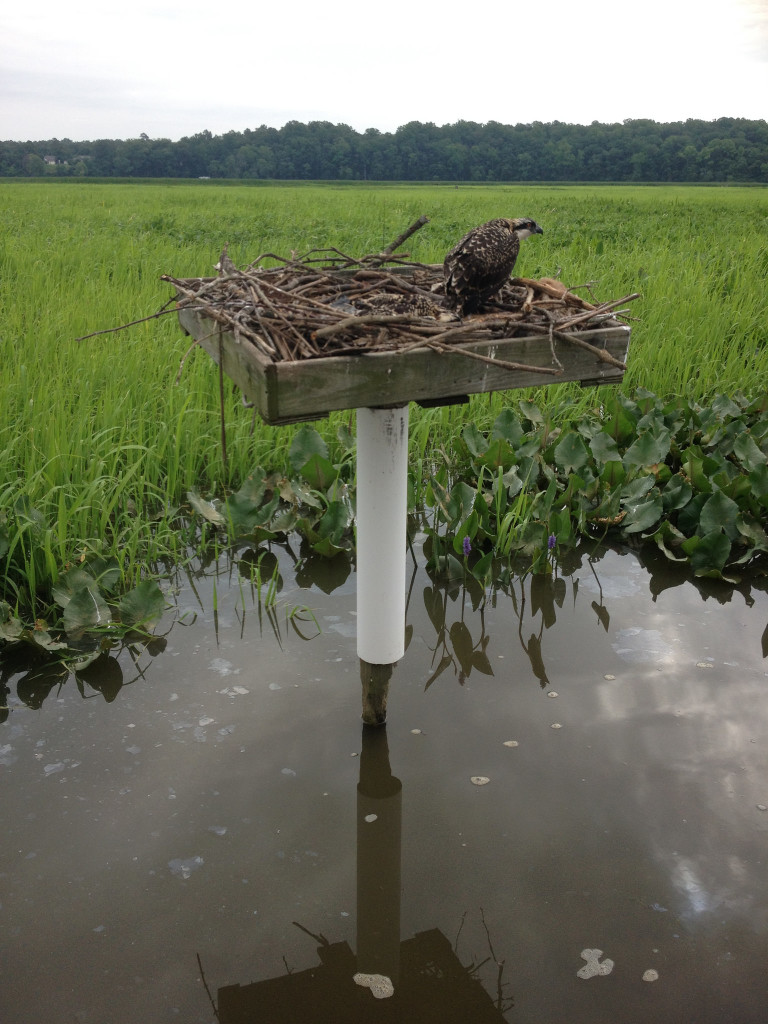
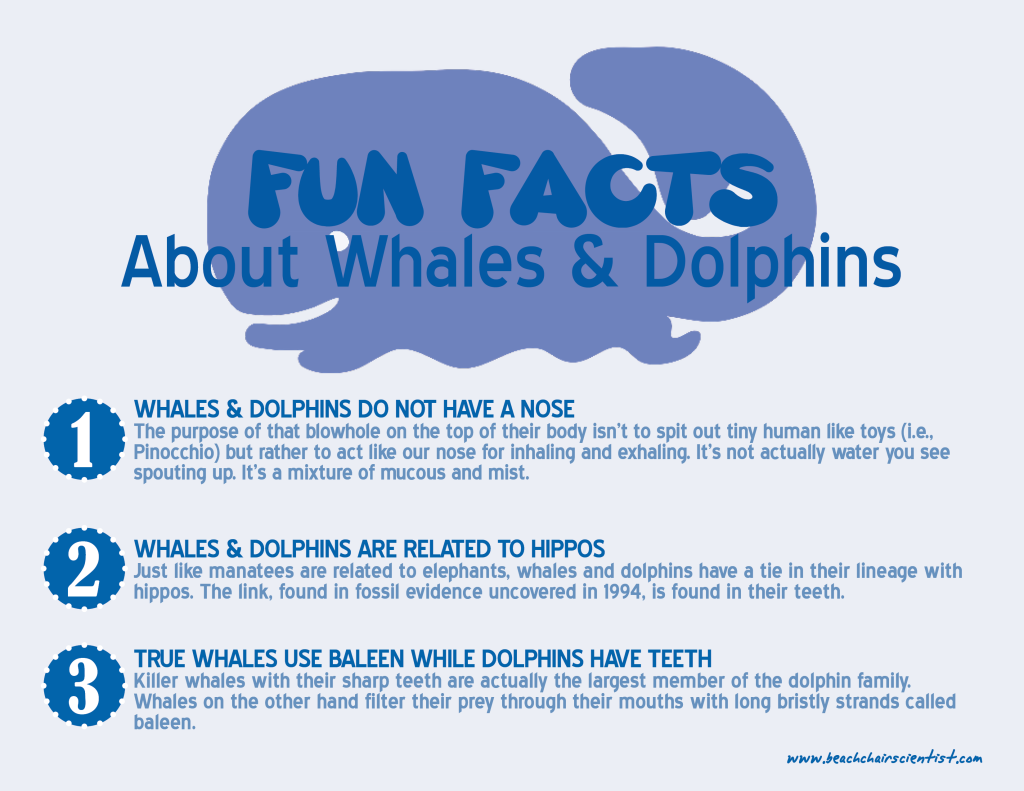
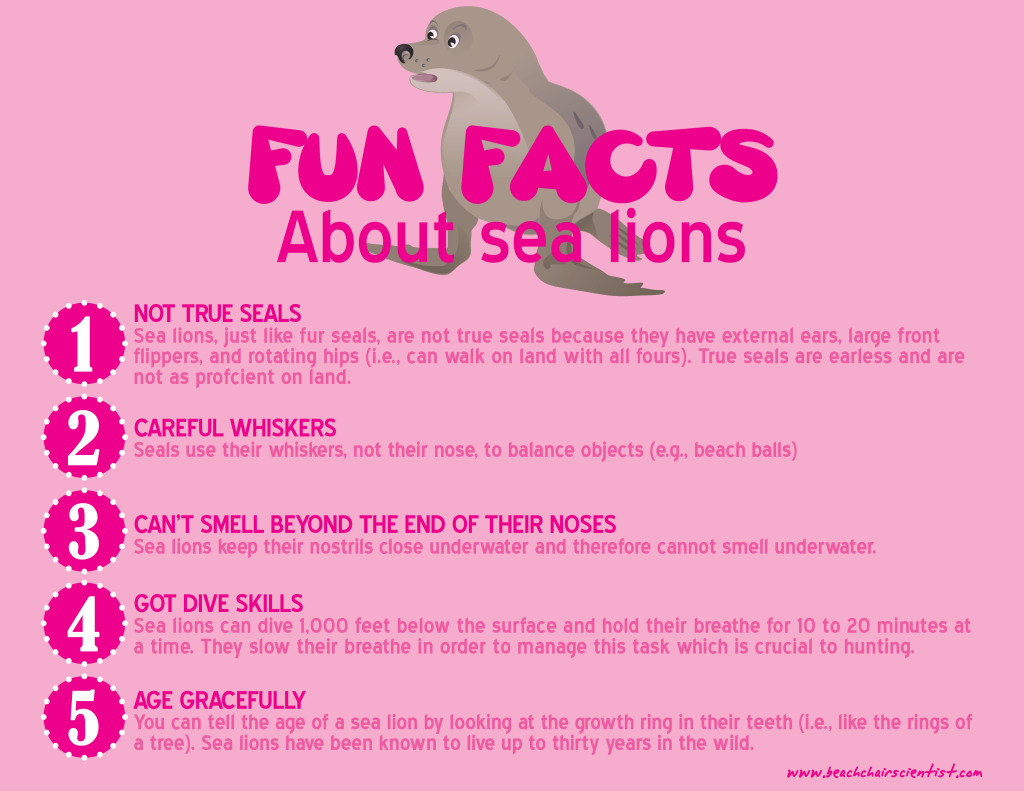
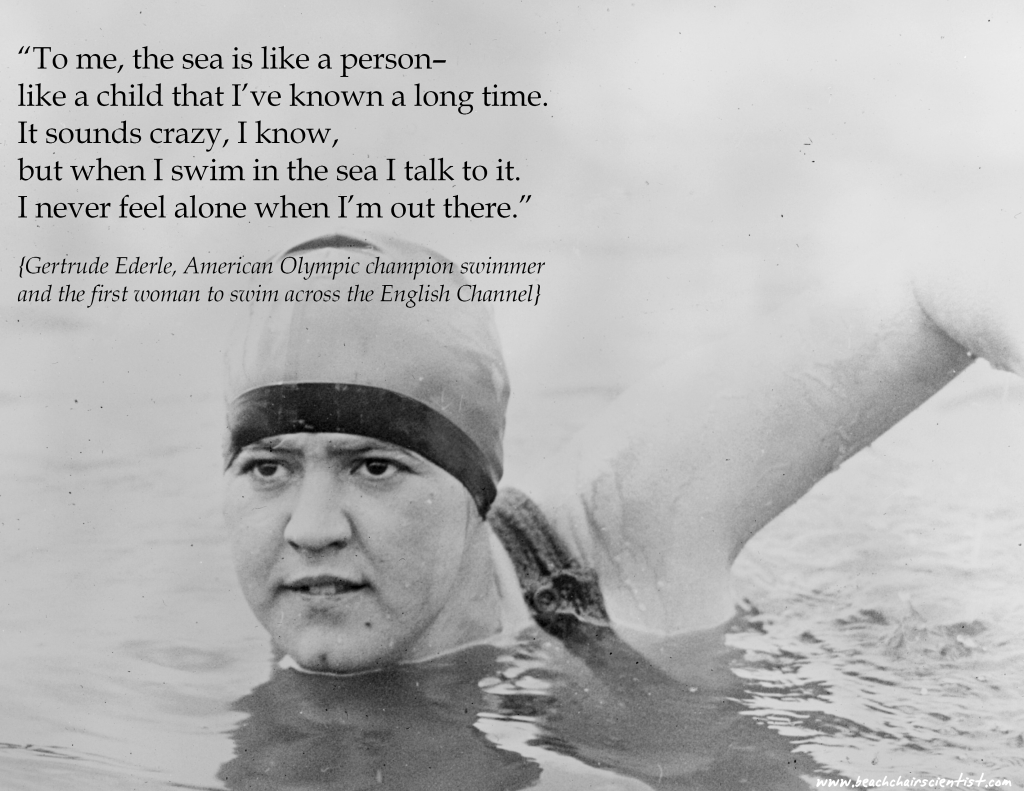
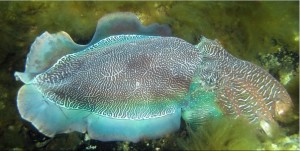







What people are saying …